Introduction to Akita Prefecture
-
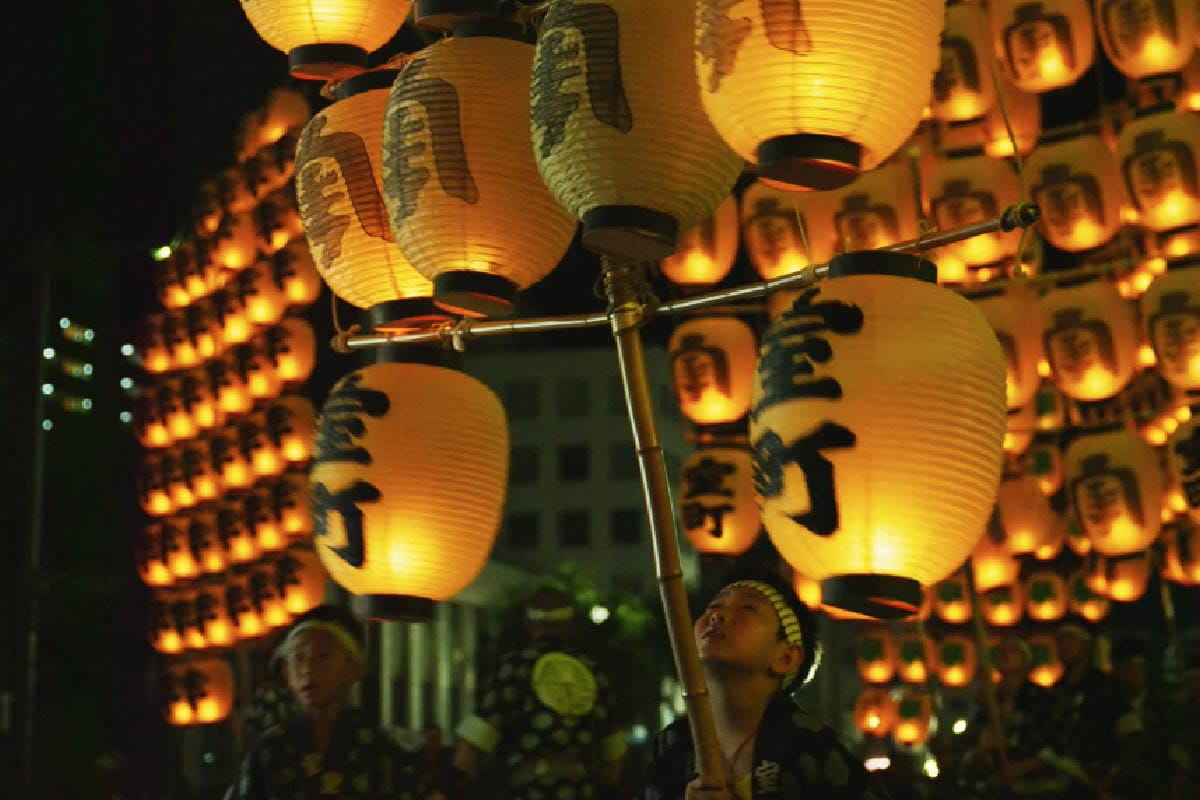
Kanto Festival
The Kanto Festival is a nationally important intangible folk cultural property with a history of 270 years, and is one of the three major festivals in the Tohoku region to pray for a rich harvest. Kanto lanterns shaped like ears of rice flicker in the summer night sky, filling the streets with light that looks like the Milky Way pouring down. The technique of manipulating a large lantern with 46 hanging lanterns is said to require four minutes of strength and six minutes of skill, and requires daily training and a sense of balance. The skills that have been passed down from generation to generation are truly craftsmanship! During the day, a skill show is held where the most talented athletes compete against each other. It is a historic festival that attracts over 1.3 million spectators every year.
Address Akita City Kanto Odori Street/Akita City Nakadori "Area Nakaichi" Nigiwai Square Contact information Akita City Kanto Festival Executive Committee Secretariat
018-888-5602URL http://www.kantou.gr.jp/index.htm Date August 3rd to 6th every year -
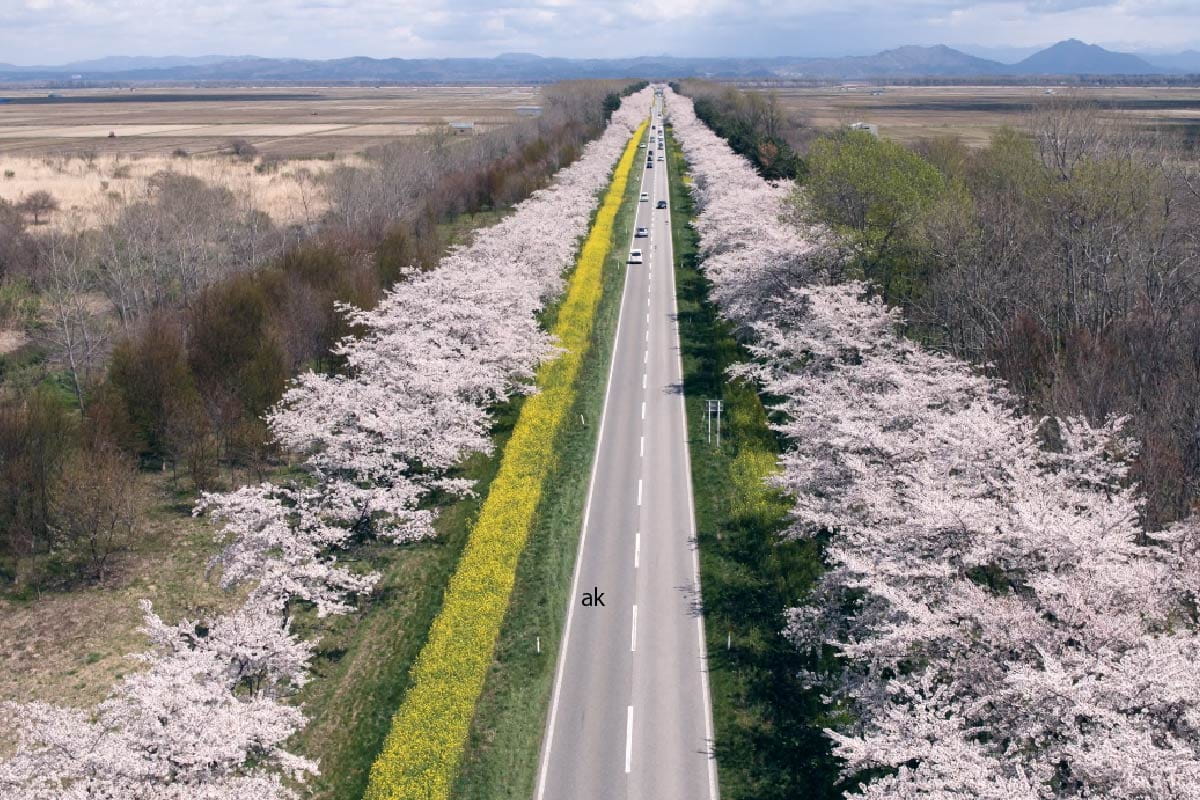
Cherry blossoms and rape blossoms road
Approximately 3,700 cherry blossoms and rape blossoms are in full bloom along Prefectural Route 298, which runs through Ogata Village, for approximately 11km. Black pines are also planted along this prefectural road, and you can enjoy the beautiful scenery of black pines, cherry blossoms in full bloom, and a carpet of yellow rape blossoms. The best time to see the cherry blossoms and rape blossoms is from late April to about a month, and during this period, the Cherry Blossom and Nanohana Festival is held, attracting many people. Please enjoy the spring tradition of Ogata Village.
Address Ogata Village, Minamiakita District, Akita Prefecture Contact information Ogata Village Industrial Construction Division
0185-45-3653Access [Train] About 10 minutes by taxi from JR Hachirogata Station
[Car] About 15 minutes from Akita Expressway Gojome Hachirogata ICBest time to see Late April to early May -

Omonogawa Estuary
From the mouth of the Omonogawa River, you can enjoy a wonderful view of windmills illuminated by the setting sun over the Sea of Japan. The gradation of the sky, clouds, and sunset is spectacular, and the riverbed is wide, so you can take a leisurely stroll while admiring the beautiful scenery. At Araya Seaside Park near the river mouth, there is also a statue of a momosada frog that was erected by Akita City as a symbol of the park, with wishes such as ``frog to the bustle of the past,'' ``safe frog,'' and ``frog with trash.'' It is a popular spot where fireworks displays are held in the summer.
Access 15 minutes by car from JR Akita Station -

Lake Tazawa
Lake Tazawa is the deepest lake in Japan with a depth of 423.4m and is also called ``Lake Baikal of Japan.'' It is a mysterious lake where the legend of ``Princess Tatsuko'', who is said to have been transformed into a dragon in hopes of eternal youth and beauty, remains. There are many attractions around the lake, such as the Tatsuko Kannon statue, a bronze statue, and the Hime Kannon built to commemorate the spirits of Princess Tatsuko and the perishing fish.The most important thing is that the deep color of the lake is a breathtakingly beautiful blue that fascinates those who see it. The lake has a mystical azure color and is expressive throughout the seasons, delighting visitors.
Address Tazawako Lagoon, Semboku City, Akita Prefecture, Azako Lake Contact information Semboku City Tazawako Tourist Information Center "Forake"
0187-43-2111Access From JR Tazawako Station, take the Ugo Kotsu Bus ``Tazawako Ishu Line'' and get off at Lake Tazawa (about 15 minutes)
From Akita Airport, take the ``Akita Airport Liner'' and get off near Lake Tazawa (about 100 minutes) -
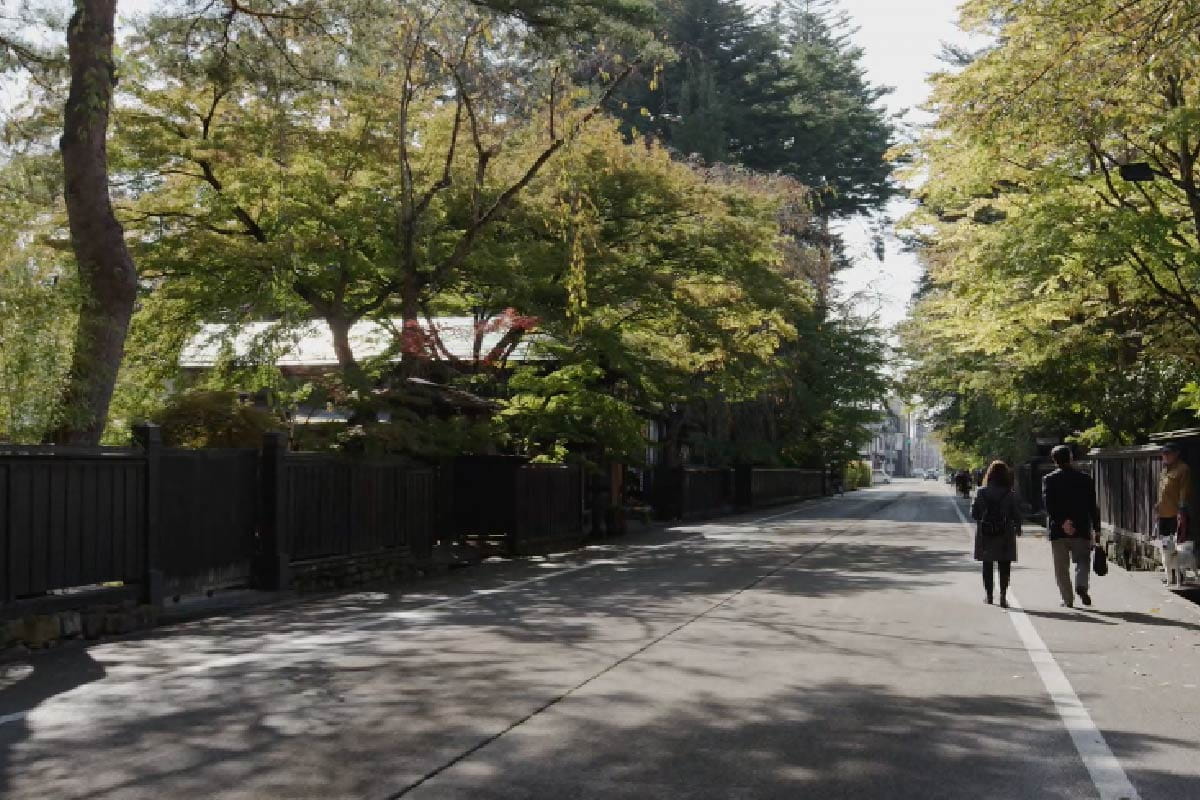
Kakunodate samurai residence
Kakunodate, known as Michinoku's Little Kyoto, has a streetscape that makes you feel as if you have traveled back in time to the Edo period. It has been designated as a nationally important preservation district for groups of traditional buildings and is protected as a cultural property. There are continuous walls along the wide street, and old samurai residences are lined up. The formality of the samurai family can be seen in the blackboard walls and thatched roof, and the deep grove of weeping cherry and large fir trees creates a quaint space where you can still feel the lifestyle of those days. It is a popular tourist attraction visited by approximately 2 million people a year.
Address 1 Shimocho, Omotemachi, Kakunodate-machi, Akita Prefecture Contact information Semboku City Tourist Information Center “Kakunodate Ekimaegura”
0187-54-2700Access 20 minutes walk from JR Kakunodate Station Holiday None Business hours 9:00~17:00 Fees Individuals: Adults (high school students and above) 400 yen, Elementary school and junior high school students 200 yen
Groups: Adults (high school students and above) 300 yen, Elementary school and junior high school students 150 yen, Groups of 20 or more people -
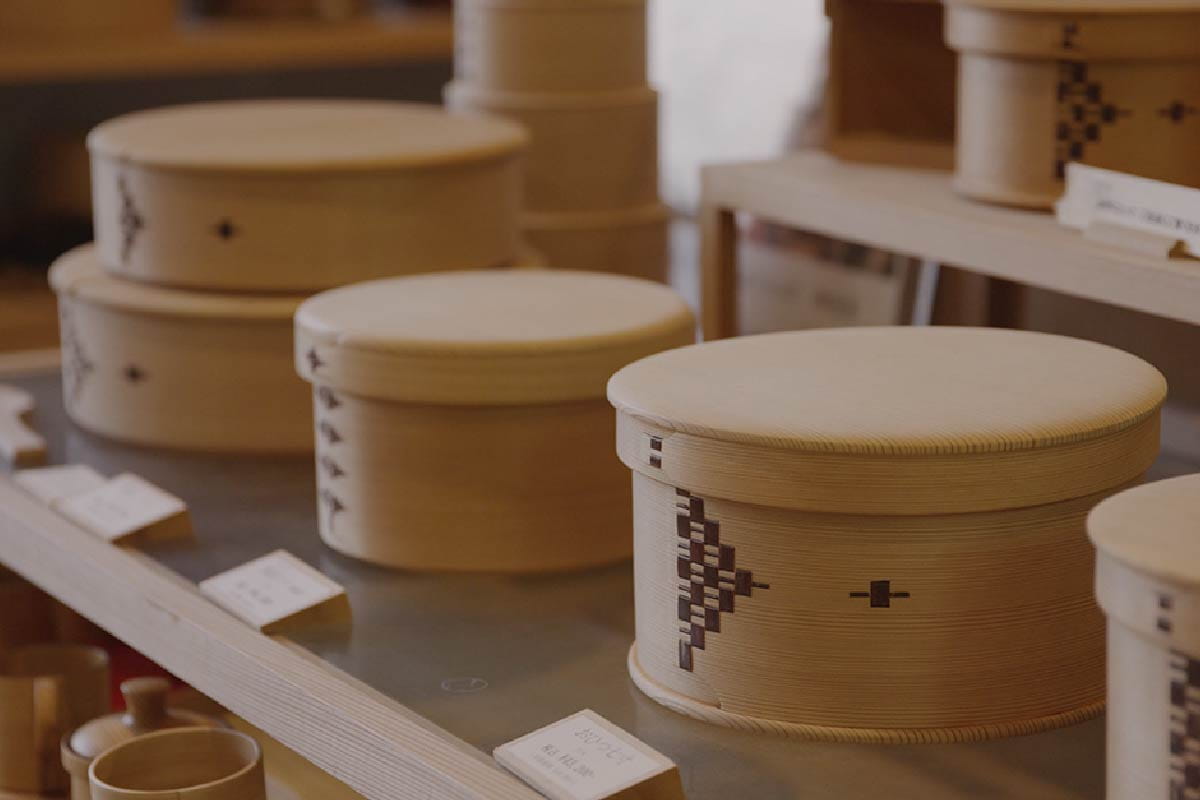
Odate Magewappa
Magewappa made in Odate City, Akita Prefecture, uses Akita cedar, which is known as one of Japan's most precious woods. It is said that curved objects began to be made from Akita cedar about 1,300 years ago, but surprisingly, the shapes are almost the same as they are today. Even now, each piece is carefully made one by one, using the same techniques that have remained unchanged since the time they were first created. Among all the bent objects found in various places, the Odate Magewappa is the only one designated as a national traditional craft. Functional and beautiful vessels are the result of traditional techniques.
-
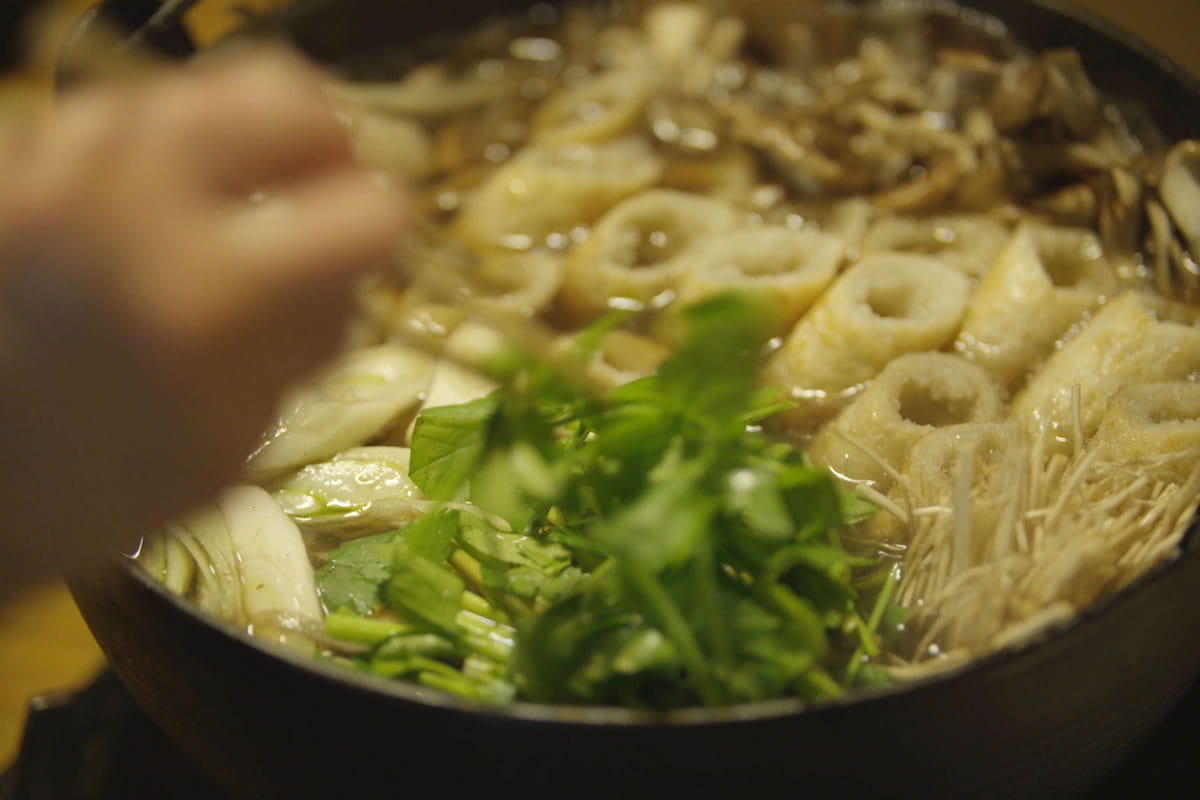
Kiritanpo hot pot
Kiritanpo refers to cooked rice that is held on cedar skewers and grilled over charcoal. This is a local dish of Akita Prefecture that is cut up and placed in a pot called ``Kiritanpo Nabe.'' In addition to kiritanpo, the essential ingredients for the hot pot include Hinai chicken, which is considered one of Japan's top three local chickens, vegetables such as maitake mushrooms, white onions, and burdock, as well as seri, which adds flavor and texture to the hot pot. It is a local dish that is so popular that it is included in school lunch menus in winter.
Contact information Omagari Magewappa Cooperative Association
0186-49-5221
![Tokimeku Tohoku[Tourism web media of six cities in Tohoku]](https://tohoku-kizunamatsuri.jp/special/en/wp-content/themes/touhokubunkatheme_en/assets/img/logo.svg)